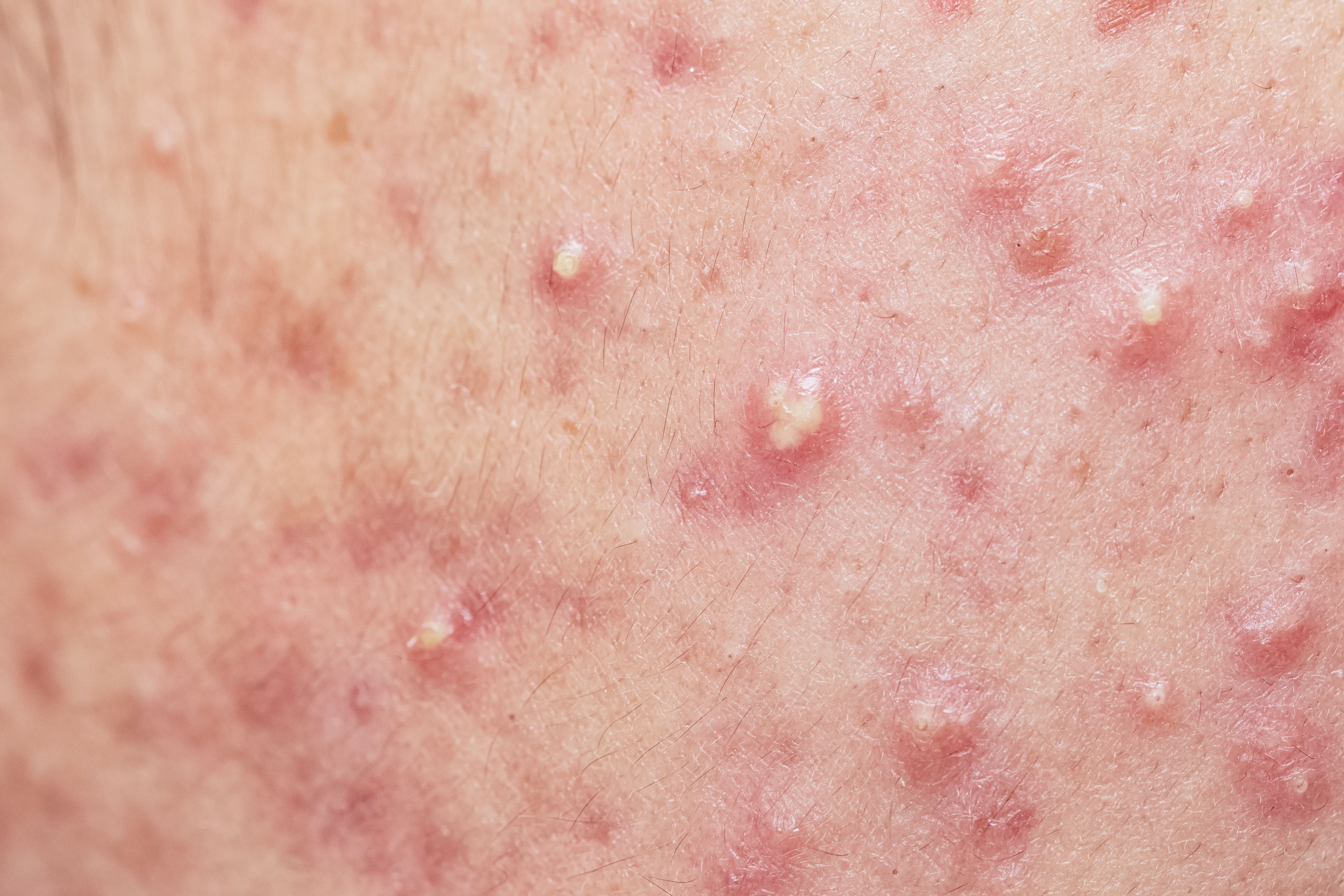- Case-Based Roundtable
- General Dermatology
- Eczema
- Chronic Hand Eczema
- Alopecia
- Aesthetics
- Vitiligo
- COVID-19
- Actinic Keratosis
- Precision Medicine and Biologics
- Rare Disease
- Wound Care
- Rosacea
- Psoriasis
- Psoriatic Arthritis
- Atopic Dermatitis
- Melasma
- NP and PA
- Skin Cancer
- Hidradenitis Suppurativa
- Drug Watch
- Pigmentary Disorders
- Acne
- Pediatric Dermatology
- Practice Management
- Prurigo Nodularis
- Buy-and-Bill
News
Article
'Considerable Number’ of Pregnancies Reported Among Women and Girls Using Isotretinoin in Germany
Author(s):
A population-based study found a 63% increase in isotretinoin use in the years 2004 to 2019, and an increase in isotretinoin-exposed pregnancies as well.
ink drop/AdobeStock

Researchers in Germany conducted a population-based study to determine how often pregnancies occurred among women and girls taking the acne medication isotretinoin (Accutane).1
The research group used observational data from the German Pharmacoepidemiological Research Database (GePaRD), which includes data from approximately 20% of the German population.
A total of 339,408 prescriptions of isotretinoin were dispensed to girls and women aged 13 to 49 years in this dataset during the study period. The number of prescriptions increased by 63% from 2004 to 2019.
The researchers speculate that this increase may be due to a lowered threshold to proceed to isotretinoin treatment for acne because of concerns about antibiotic overuse.
Isotretinoin Exposure in Pregnancy on the Rise
In the study population, 178 pregnancies were classified as exposed to isotretinoin during early pregnancy, the researchers reported.
The number of exposed pregnancies per year increased during the study period. On average, 7 isotretinoin-exposed pregnancies occurred per year from 2004 to 2011, and 15 pregnancies per year from 2012 to 2019. The majority of the 178 pregnancies (62.9%) occurred among girls and women aged 16 to 30 years, according to the study.
The research group investigated the outcomes of 164 of these pregnancies. Overall, 29.3% (n = 48) of exposed pregnancies ended in live births. Of these, 6.3% (n = 3) were preterm births.
Five percent of the pregnancies (n = 74) ended in induced abortions, and 1.8% (n = 3) in miscarriages. For 20.7% (n = 34) of pregnancies, no outcome was recorded. Investigators noted that these were assumed to end in abortions.
The researchers were able to link mother’s and child’s data among the live births to isotretinoin-exposed women in 138 out of 157 cases (87.9%). Of these, 6 children had at least 1 major congenital malformation according to the European Concerted Action on Congenital Anomalies and Twins (EUROCAT) definition. Five children had malformations classified as minor according to EUROCAT but required surgical or other intense treatment. Two other children had an atrial septal defect that could not be classified into major or minor according to EUROCAT.
The major malformations affected the heart, the eye, the skull, and the nose. One child had sacral spina bifida with hydrocephalus and 1 child had multiple major malformations including microcephaly and malformation of the ear and heart, according to the study.
Among children with minor malformations classified as minor, the researchers found, 2 had congenital hypertrophic pyloric stenosis requiring surgical treatment, 2 had undescended testicles requiring surgical treatment and 1 had metatarsus varus with abnormalities of gait and mobility requiring extensive orthopedic treatment.
Germany utilizes a pregnancy-prevention program (PPP) for patients taking isotretinoin in accordance with European Medicines Agency (EMA) guidelines.2 Despite this, the number of exposed pregnancies per year doubled during the study period, causing the researchers to note that this problem is “continuously gaining relevance.”
The researchers concluded that their study highlighted “the importance of monitoring compliance with the existing risk minimization measures for isotretinoin in Germany.”
References
- Reinold J, Kollhorst B, Wentzell N, et al. Use of isotretinoin among girls and women of childbearing age and occurrence of isotretinoin-exposed pregnancies in Germany: a population-based study. PLOS Medicine. Published: January 25, 2024https://journals.plos.org/plosmedicine/article?id=10.1371/journal.pmed.1004339
- Crijns I, Straus S, Luteijn M, Gispen-de Wied C, Raine J, de Jong-van den Berg L. Implementation of the harmonized EU isotretinoin Pregnancy Prevention Programme: a questionnaire survey among European regulatory agencies. Drug Saf. 2012;35(1):27-32. doi:10.2165/11595570-000000000-00000





